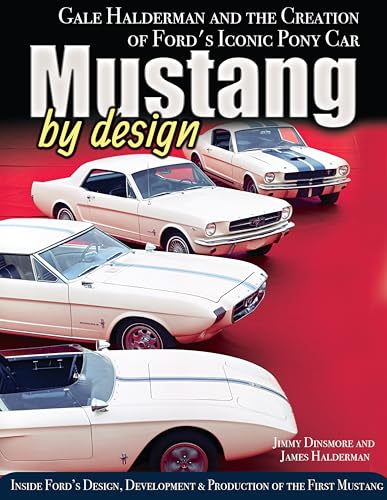Razzle ‘73
Member
Car starts and idles but as soon as I shift to drive or reverse the engine dies. I have a new carb, engine tunes and new points. Any suggestions what to do next?

Engine just dies off not violently. When I come up to stop signs, I have to put it in neutral and keep giving it gas or else it just dies offThats my first guess. When you put an automatic car in gear, the engine gets load and the RPMs drop. If you already have your idle set low, then putting it in gear makes the engine try to idle too low and it wont stay running. Even without a tach on the dash, you can connect a temporary tach under the hood. My timing light has one build in. You just put on 3 clamps and it tells your the idle speed.
One thing you could try is giving it a little bit of throttle as you shift out of P. Not like wide open, engine screaming throttle. Just try to raise the RPMs up a couple hundred like a quick idle.
Hopefully nothing inside the transmission or torque converter are locked up. That could cause this.
Does the engine stop violently or does it just kinda die off and sputter out?











Regular 3 speed auto, original engine.Do you have a regular 3 speed automatic or is it an AOD? If it was converted to an AOD you could have a stuck torque converter lock up solenoid.
I would check dwell and engine timing, then idle speed and idle air/fuel adjustment. With an auto tranny in drive you are shooting for an idle speed of 650 RPM. A/C will cause it to drop a bit, but 650 in Park or Neutral is a good place to be - assuming the air fuel ration adjustment screws are set properly.Engine just dies off not violently. When I come up to stop signs, I have to put it in neutral and keep giving it gas or else it just dies off
Is it 650 in P or N? I was thinking it was supposed to be 650 while in gear, which would put it around 800-850 while in park or neutral.I would check dwell and engine timing, then idle speed and idle air/fuel adjustment. With an auto tranny in drive you are shooting for an idle speed of 650 RPM. A/C will cause it to drop a bit, but 650 in Park or Neutral is a good place to be - assuming the air fuel ration adjustment screws are set properly.
My bad, I misstated. The tiny iPhone screen caused me to overlook the error. 650 in Drive, yes. With A/C off in our case. I have found 750 in Neutral or Park lets our engine run at nearly 650 RPM in Drive, so depending on if Lynda is available to help keep the car in Drive and the brake on, r if I am working alone,I use either idle speed (650D, or 750 N/P) Some later vehicles 74 (and later) had an idle spec with A/C on, sometimes two idle speeds specified, one for A/C off, and the other for A/C on when a Throttle Position Solenoid (TPS) was used to bump idle speed a little when the A/C is on.Is it 650 in P or N? I was thinking it was supposed to be 650 while in gear, which would put it around 800-850 while in park or neutral.
Enter your email address to join: